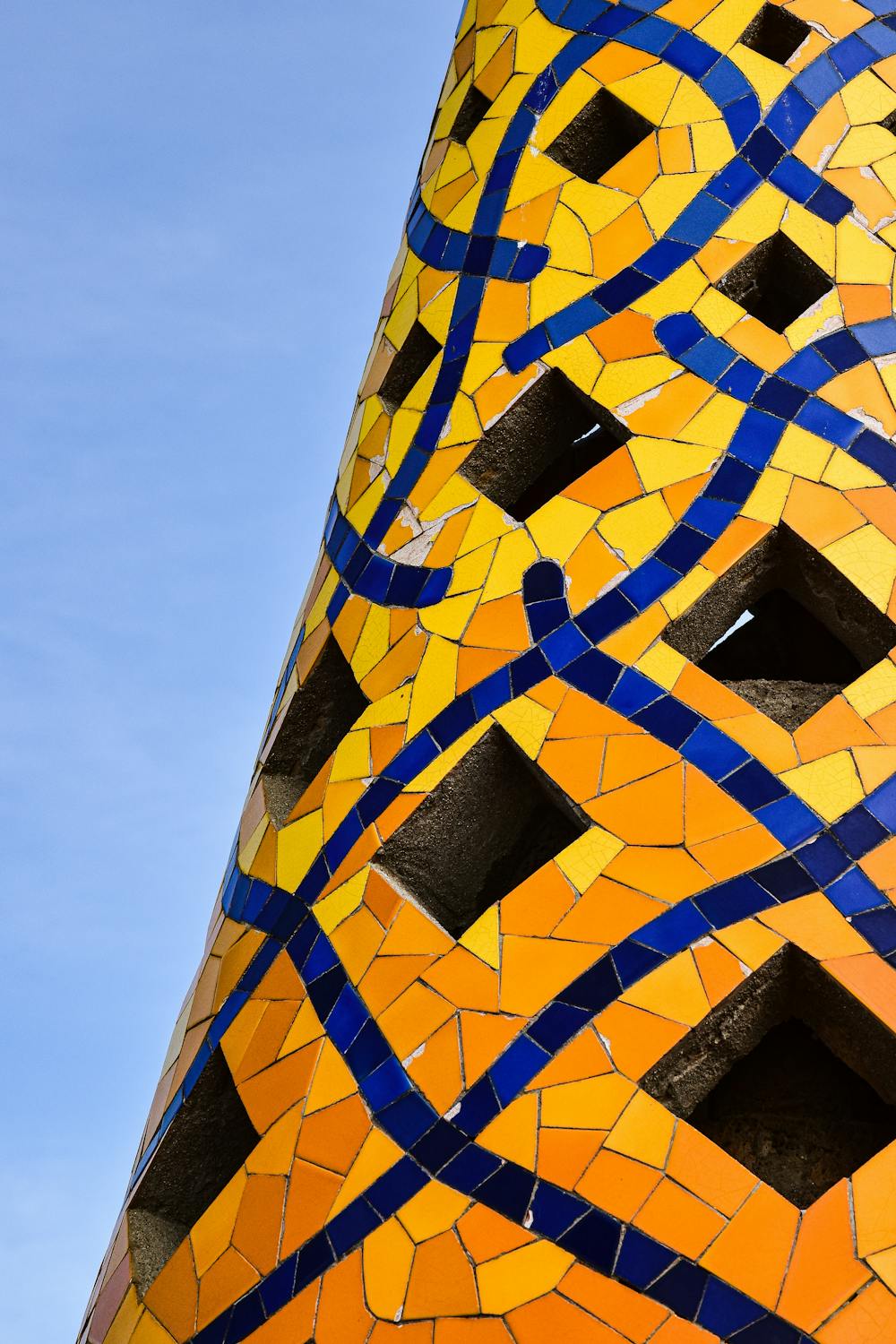The Vision of Antoni Gaudí: Master Architect of Modernisme

Antoni Gaudí, the name synonymous with architectural brilliance, was not just a designer but a visionary who reshaped the landscape of Barcelona and modern architecture. Known for his unique style, Gaudí's work is a testament to creativity, innovation, and a deep connection with nature. His designs, often characterized by vibrant colors, organic shapes, and intricate details, reflect his commitment to creating spaces that are both functional and awe-inspiring.
Gaudí's influence extends far beyond his iconic structures. He was a key figure in the Modernisme movement, which sought to break away from traditional architectural forms and embrace new materials and techniques. This movement was not just about buildings; it was about creating a holistic artistic experience that encompassed everything from furniture to urban planning. Gaudí's work exemplifies this ethos, blending art, architecture, and nature into harmonious masterpieces.
One cannot discuss Gaudí without mentioning his magnum opus, the Sagrada Família. This basilica, still under construction more than a century after its inception, is a symbol of Gaudí's ambitious vision and relentless pursuit of perfection. Each element of the Sagrada Família tells a story, from the towering spires representing the Twelve Apostles to the intricate facades depicting scenes from the Bible. Gaudí's dedication to this project highlights his belief in architecture as a living art form that evolves over time.
Gaudí's Early Life and Influences
Antoni Gaudí was born on June 25, 1852, in Reus, Catalonia. His early years were marked by health issues that limited his physical activities but allowed him ample time to observe nature—a source of inspiration that would profoundly impact his later work. Gaudí studied architecture at the Escola Tècnica Superior d'Arquitectura in Barcelona, where he graduated in 1878.
During his formative years, Gaudí was influenced by Gothic revival styles and Oriental arts. However, he soon developed his distinct style characterized by flowing lines and organic shapes. His early projects, such as the Casa Vicens and El Capricho, showcased his innovative approach and set the stage for his future masterpieces.
The Modernisme Movement
The Modernisme movement emerged in Catalonia in the late 19th century as a response to industrialization and urbanization. It aimed to create a new artistic language that reflected contemporary society's needs while paying homage to Catalonia's cultural heritage. Gaudí became one of the leading figures of this movement.
Modernisme was more than just an architectural style; it was an artistic revolution encompassing literature, music, and visual arts. Gaudí's works like Park Güell and Casa Batlló exemplify Modernisme's principles—integrating structure with decoration and blending functionality with aesthetics.
Iconic Works: Sagrada Família
The Sagrada Família is undoubtedly Gaudí's most famous work. Construction began in 1882 under architect Francisco de Paula del Villar before Gaudí took over in 1883. He transformed the project into an ambitious basilica with intricate details inspired by natural forms.
| Feature | Description |
|---|---|
| Towers | 18 towers representing Jesus Christ, Virgin Mary, the twelve Apostles, and four Evangelists. |
| Nativity Facade | Depicts the birth of Jesus Christ with elaborate sculptures. |
| Passion Facade | Represents the suffering and death of Christ through stark and dramatic sculptures. |
| Glory Facade | Symbolizes Christ’s eternal glory; still under construction. |
Gaudí dedicated much of his life to this project until his untimely death in 1926. The Sagrada Família remains incomplete but continues to attract millions of visitors each year who marvel at its grandeur and complexity.
Park Güell: A Blend of Nature and Architecture
Park Güell is another example of Gaudí's genius. Originally conceived as a housing development project by Eusebi Güell in the early 20th century, it was transformed into a public park due to lack of commercial interest. Today, it stands as one of Barcelona’s most visited landmarks.
- Mosaic Tiles: The park features colorful mosaic tiles known as “trencadís,” showcasing Gaudí’s innovative use of recycled materials.
- Natural Forms: Structures like serpentine benches and viaducts mimic natural forms such as waves and tree trunks.
- Gaudí House Museum: The house where Gaudí lived during part of his life is now a museum dedicated to his work.
The Legacy of Antoni Gaudí
Gaudí’s influence on architecture extends beyond Barcelona or even Spain. His innovative designs have inspired architects worldwide who seek to blend form with function while respecting natural elements. UNESCO recognized several of his works as World Heritage Sites for their cultural significance.
A visit to Barcelona offers an unparalleled opportunity to experience Gaudí’s masterpieces firsthand—from walking through the surreal landscapes of Park Güell to standing in awe beneath the towering spires of Sagrada Família. Each site reflects his unwavering commitment to pushing boundaries and redefining what architecture can achieve.
Impact on Modern Architecture
Gaudí’s approach to architecture emphasized creativity over convention. He challenged traditional methods by incorporating new materials like ironwork into structural elements while maintaining harmony with natural surroundings—a philosophy seen today in sustainable design practices worldwide.